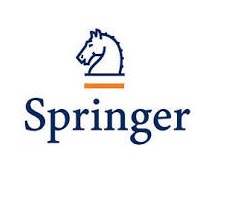Limitations and future research
First, the results of this study, based upon the contextspecific sample from Turkey, should be considered as tentative. In order to generalise the findings, future research should be conducted in other economies. More importantly, even though our cross-sectional survey is appropriate for the purpose of this study, future research should adopt a longitudinal design which may enhance the effectiveness of the framework.
Second, in accordance with the nature of the research (i.e. gathering information about time to market) and limitation of obtaining some secondary data (i.e. number of new product configurations), a perception-based measurement was used. Objective measures, such as R&D intensity and number of patents, can be useful for validating the propositions of the study. It gathered quantitative data from one respondent each within individual firms; the results can be validated in large organisations and SMEs involving multiple respondents in a future study. The study was conducted in a developing country and therefore presents an opportunity for future research to undertake a comparison of developed and developing country contexts.
Lastly, a construct set that includes a broader but not exhaustive number of resources and capabilities might be helpful for a better investigation of resource and capability and innovation performance, given the small R2 and R2 changes indicating that some other influential constructs may have been omitted in the model.
More sophisticated models that use other influential factors such as learning ability, human capital and social capital structural and other research methodologies (i.e. equation modelling to capture the whole domain of multiitem scale interaction) may provide more explanatory results for innovation performance.








